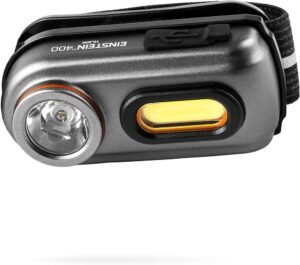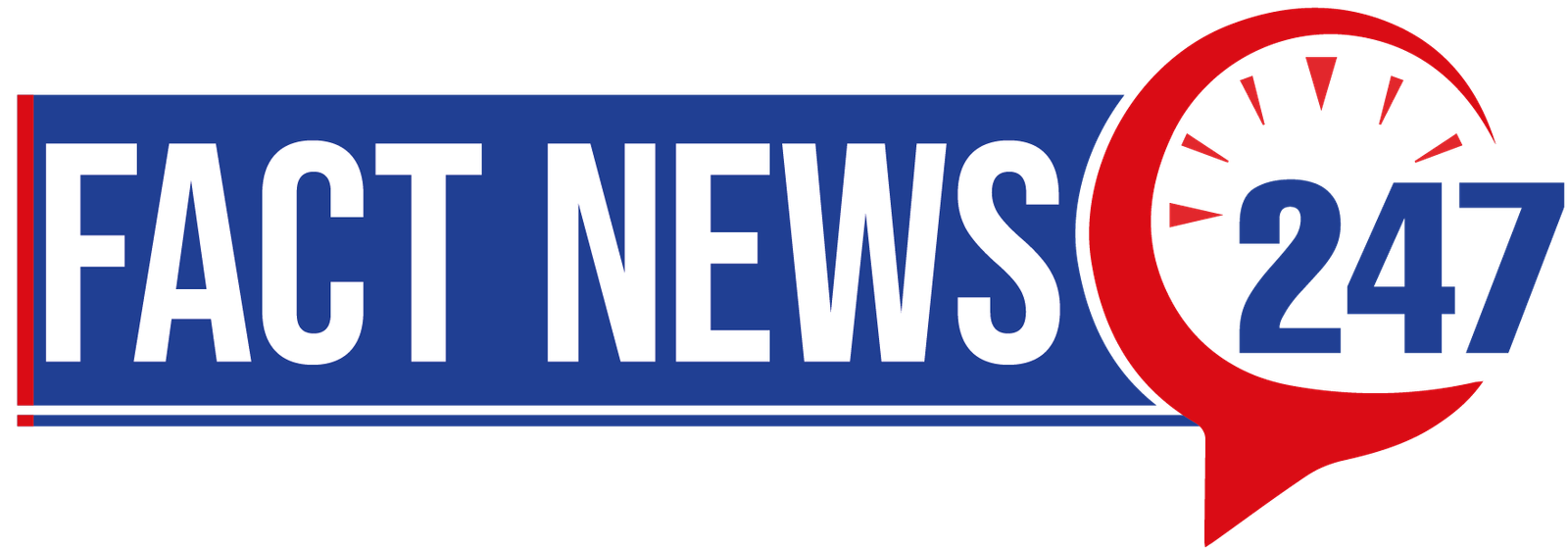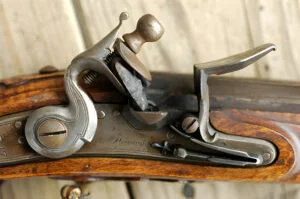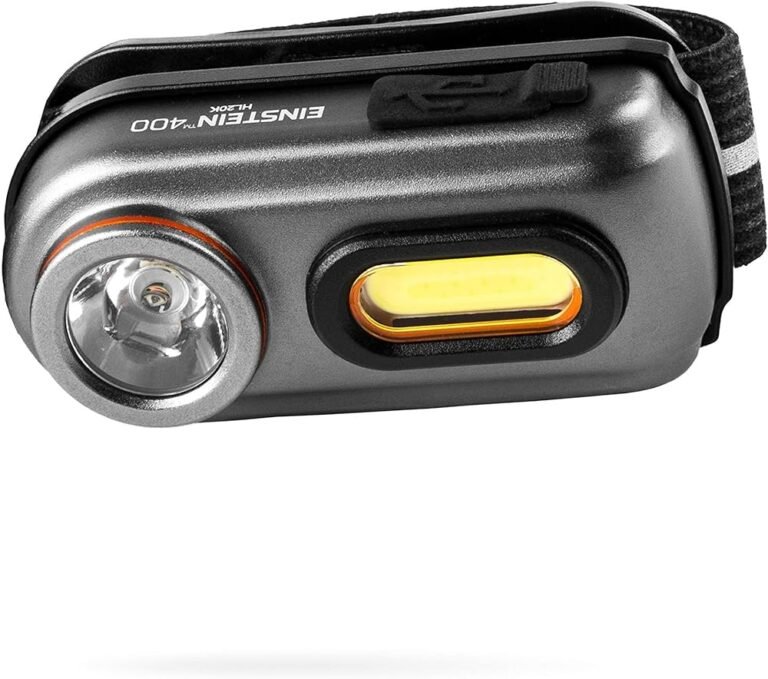Image Credit: Getty image
In the evolving world of Modern firearms, from the earliest muzzleloaders to the sophisticated modern firearm designs of today, one might wonder which part of a modern firearm has the same function as the lock on a muzzleloader? This inquiry not only bridges the gap between antiquated and contemporary firearm technologies but also shines a light on the intricacies of firearm mechanics and their crucial role in the evolution of firearms. Understanding this component is essential for both historians and gun enthusiasts alike, as it illustrates a direct lineage between historical and modern firearm innovation. The importance of this comparison extends beyond mere curiosity, offering insights into the fundamental principles of firearm operation and design.
As we delve into the components of modern firearms, including the action, bolt, firing pin, and trigger mechanism, we will explore their correlation with the lock mechanism of a muzzleloader. This article will provide a comparative analysis highlighting how modern advancements in firearms have transformed or retained the basic functions of their predecessors. We will examine the roles of specific parts such as the hammer, striker, and breech loader, and how they equate to the simple yet effective mechanism of the muzzleloader. Through this exploration, readers will gain a comprehensive understanding of the continuous thread of innovation that connects the dawn of firearm technology to the intricate mechanisms found in today’s firearms.
Understanding Muzzleloaders
Components of a Muzzleloader
Muzzleloaders, a precursor to modern firearms, are traditionally composed of three basic parts: the lock, stock, and barrel. The lock is particularly critical as it houses the mechanism responsible for igniting the charge that propels the projectile. This mechanism has evolved through various forms, from the early matchlock and wheel lock systems, which are now considered rare and less safe, to the more reliable flintlocks and percussion locks. These latter types are predominantly used in today’s shooting competitions and hunting activities due to their reliability, ease of maintenance, and simpler loading processes.
Function of the Lock
The lock mechanism in muzzleloaders, such as the flintlock developed in the early 17th century, plays a pivotal role similar to the action in modern firearms. It includes a sear, which acts as a catch holding the mechanism ready to fire. The trigger, when pulled, releases this sear, allowing a spring-loaded hammer to strike a piece of flint. This action causes the flint to strike a steel frizzen, generating sparks that ignite the gunpowder in the flash pan. The resulting flame then travels through a touch hole to ignite the main propellant charge in the barrel, firing the projectile. This intricate sequence showcases the lock’s essential function in firearm operation, highlighting its importance in the firing process of early firearms.
Modern Firearm Components
Trigger Mechanism
The trigger mechanism in modern firearms is a critical component that actuates the firing process. This involves a series of interactions where a small amount of energy applied to the trigger leads to the release of much greater energy. Most triggers feature a flattened lever known as the trigger blade, which is depressed by the index finger. In some designs, the trigger directly actuates a striking device, such as a hammer or a striker, through a combination of a mainspring and a firing pin.
Sear
The sear is an essential part of the trigger mechanism in firearms. It holds the hammer, striker, or bolt back until the correct amount of pressure is applied to the trigger. Upon reaching the necessary force, the sear moves out of its notch, releasing the hammer or striker to discharge the weapon. This component is crucial for ensuring the firearm fires only when intended, contributing to both the safety and accuracy of the gun.
Hammer and Hammer Spring
In firearms that utilize a hammer, the hammer is a pivoting component subjected to spring tension. When released, it swings forward to strike a firing pin or directly impacts the primer of a cartridge. The hammer spring, or mainspring, stores the energy required to drive the hammer. Modern firearms often use high-quality steel springs that maintain their tension and integrity even after multiple cycles, contributing to the reliability and longevity of the firearm.
Firing Pin
The firing pin is a slender rod that strikes the primer of a cartridge to initiate the firing sequence. In many modern firearms, the firing pin is either struck by the hammer or propelled by its own spring. Some designs incorporate a floating firing pin to prevent unintentional discharges, while others use a fixed firing pin for simplicity. The interaction between the firing pin and the cartridge’s primer is critical for the proper ignition of the propellant, which ultimately propels the bullet from the barrel.
Comparative Analysis
Functional Similarities
The lock on a muzzleloader and the action on a modern firearm serve the same fundamental purpose: initiating the firing process. Both systems involve a series of mechanical actions that result in the ignition of a charge, propelling a projectile through the barrel. In muzzleloaders, the lock mechanism, whether it be a matchlock, flintlock, or percussion cap, plays a crucial role in igniting the gunpowder. Similarly, in modern firearms, components such as the trigger mechanism, sear, hammer, and firing pin work together to strike the primer of a cartridge, igniting the propellant and firing the bullet.
Differences in Mechanism
Despite their functional similarities, the mechanisms of muzzleloaders and modern firearms differ significantly, primarily due to advances in technology and materials. Shooters load muzzleloaders from the front (muzzle end), manually measuring and loading the gunpowder, placing the projectile, and setting the ignition system for each shot. In contrast, modern firearms use pre-assembled cartridges that contain the bullet, propellant, and primer in a single unit, which shooters load from the breech. This development not only simplifies the loading process but also enhances the safety, accuracy, and firing rate of the firearm. Additionally, modern firearms often incorporate advanced materials and designs, such as rifled barrels and ergonomic stocks, which improve performance and user experience compared to the more rudimentary muzzleloaders.
Conclusion
Throughout this article, we have traversed the landscape of firearm evolution, delving into the critical components that define both muzzleloaders and modern firearms. By comparing the lock mechanism of a muzzleloader with the action system of today’s firearms, we’ve uncovered the enduring principles of firearm operation and the intricate connections between historical innovations and contemporary designs. This exploration not only enriches our understanding of firearm mechanics but also highlights the continuous thread of technological advancement that has shaped the firearms of today.
The significance of this technological journey extends far beyond mere historical interest. It underscores the importance of innovation and adaptation in the evolution of firearms, reflecting on how advancements in materials, engineering, and design have culminated in the sophisticated, reliable, and safe firearm systems in use today. As we consider the future of firearm technology, this historical perspective invites us to appreciate the complexity of firearms’ past and present, while also inspiring continued innovation and improvement in the field.
FAQs
1. What component of a modern firearm is analogous to the lock on a muzzleloader?
The component of a modern firearm that corresponds to the lock on a muzzleloader is the action. Although modern breech-loading firearms have a receiver that houses the fire control parts such as the trigger, sear, striker, hammer, and/or firing pin, these components collectively perform the functions of the ‘lockwork’ in a muzzleloader.
2. What role does the lock play in a muzzleloader?
In a muzzleloader, the lock is crucial for the ignition process. It consists of various components that work together to ignite the charge, propelling the projectile out of the barrel. The lock is one of the three fundamental parts of a muzzleloader, alongside the stock and barrel. Additional elements like a set trigger, a sight, and a safety may also be included.
3. Which component of a modern firearm serves the same purpose as the lock on a muzzleloader?
The action part of a modern firearm serves the same purpose as the lock on a muzzleloader. It is responsible for loading ammunition, firing, and ejecting shells, essentially comprising the core functional elements of the firearm.
4. Does the safety on a modern firearm function similarly to the lock on a muzzleloader?
No, the safety on a modern firearm does not serve the same function as the lock on a muzzleloader. The safety is specifically designed to prevent accidental firing by blocking the trigger mechanism from engaging, whereas the lock on a muzzleloader directly facilitates the ignition and firing process.
























Can you be more specific about the content of your article? After reading it, I still have some doubts. Hope you can help me.